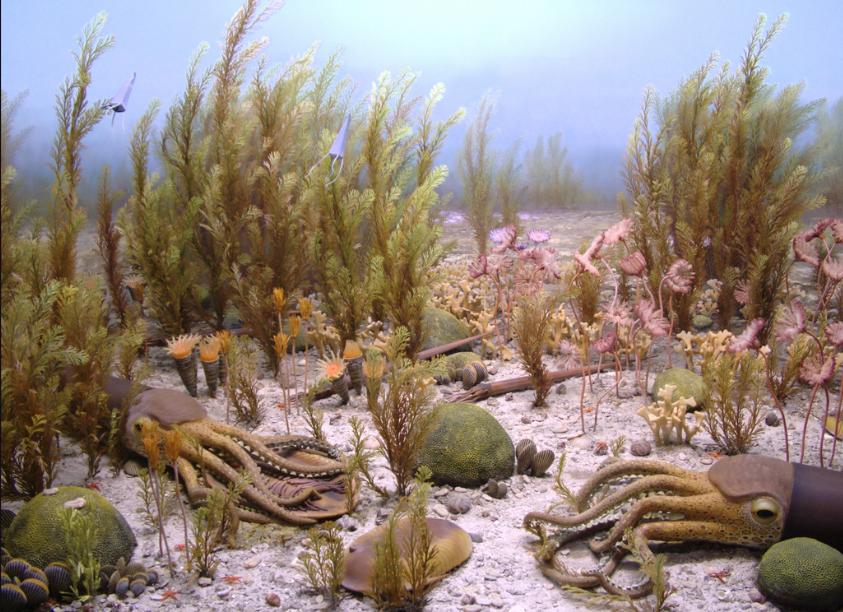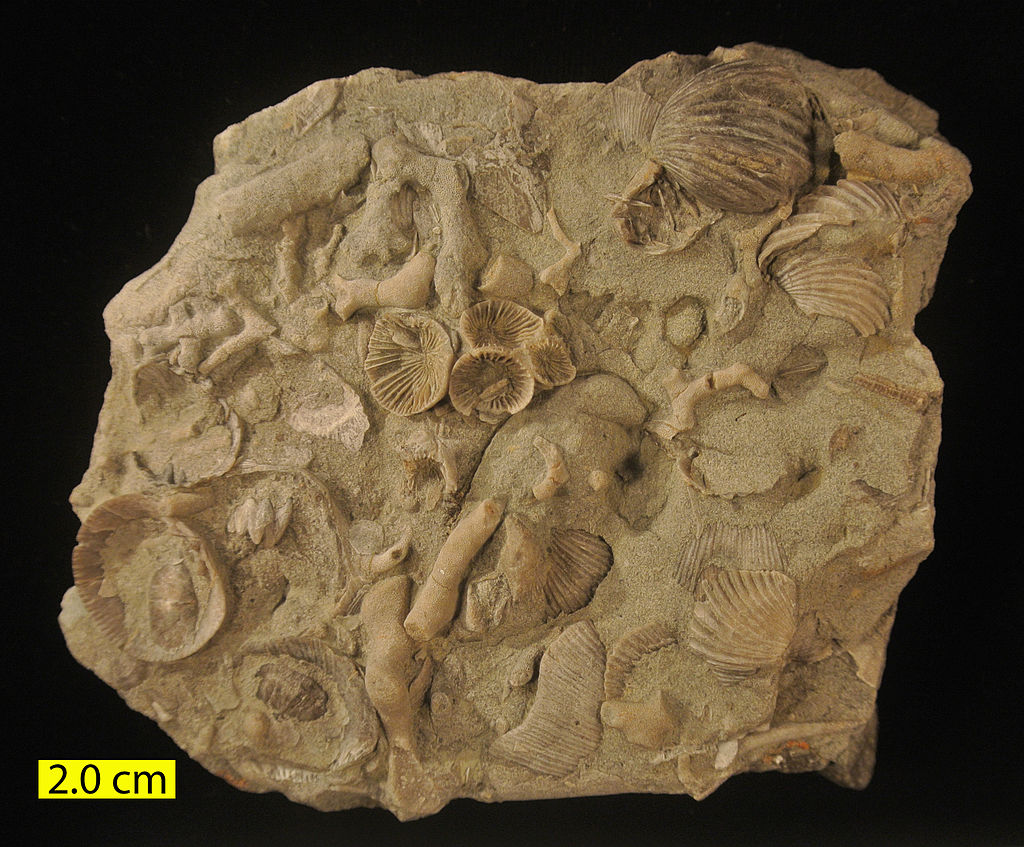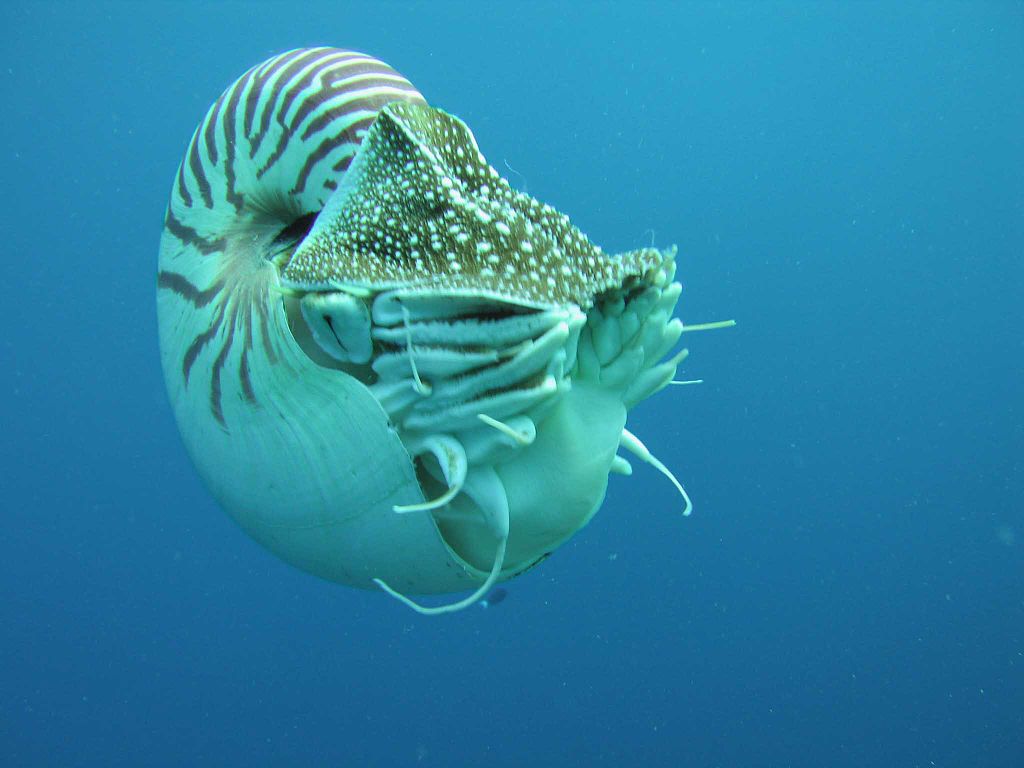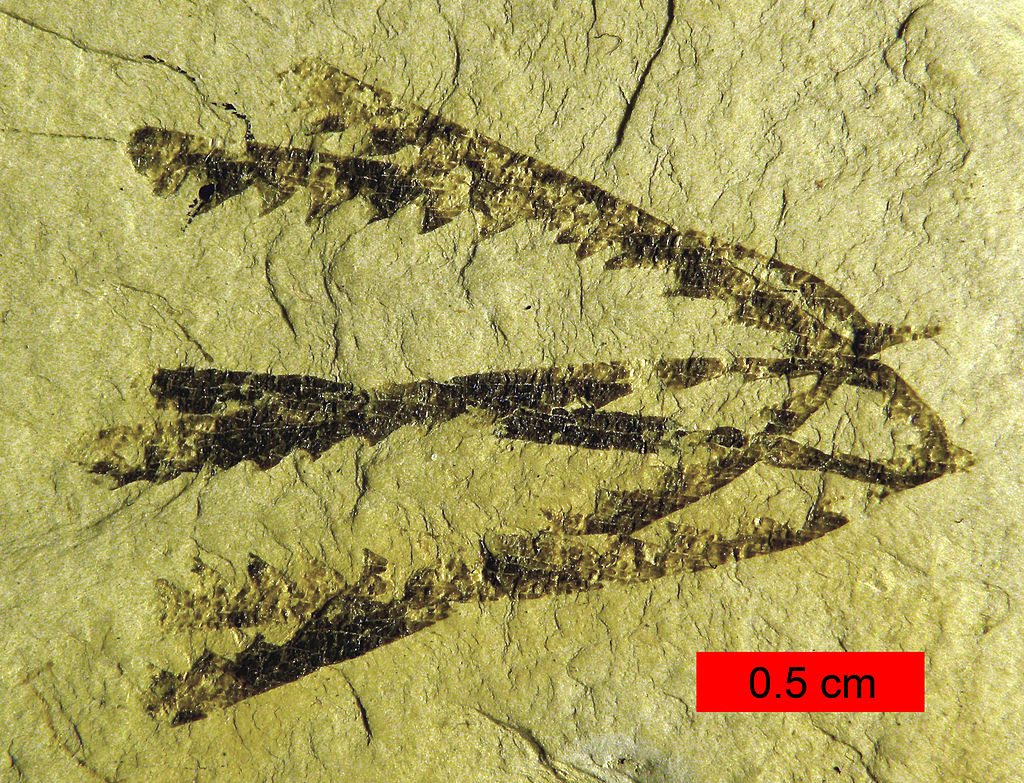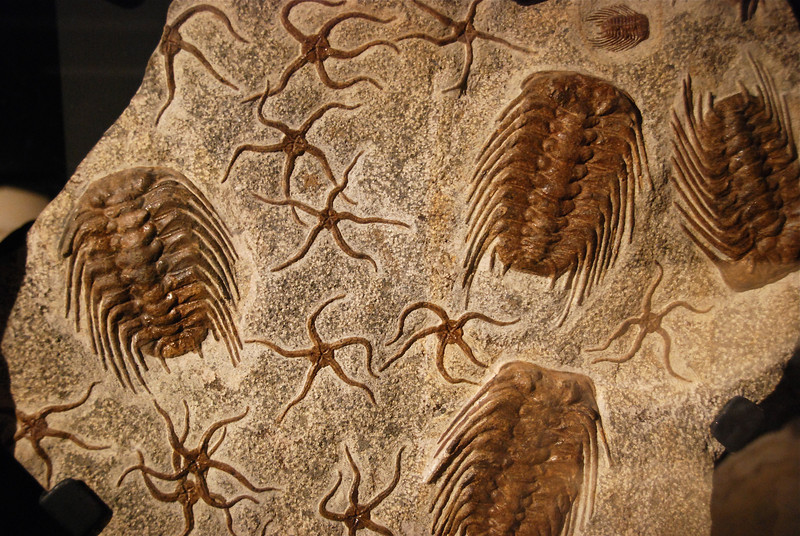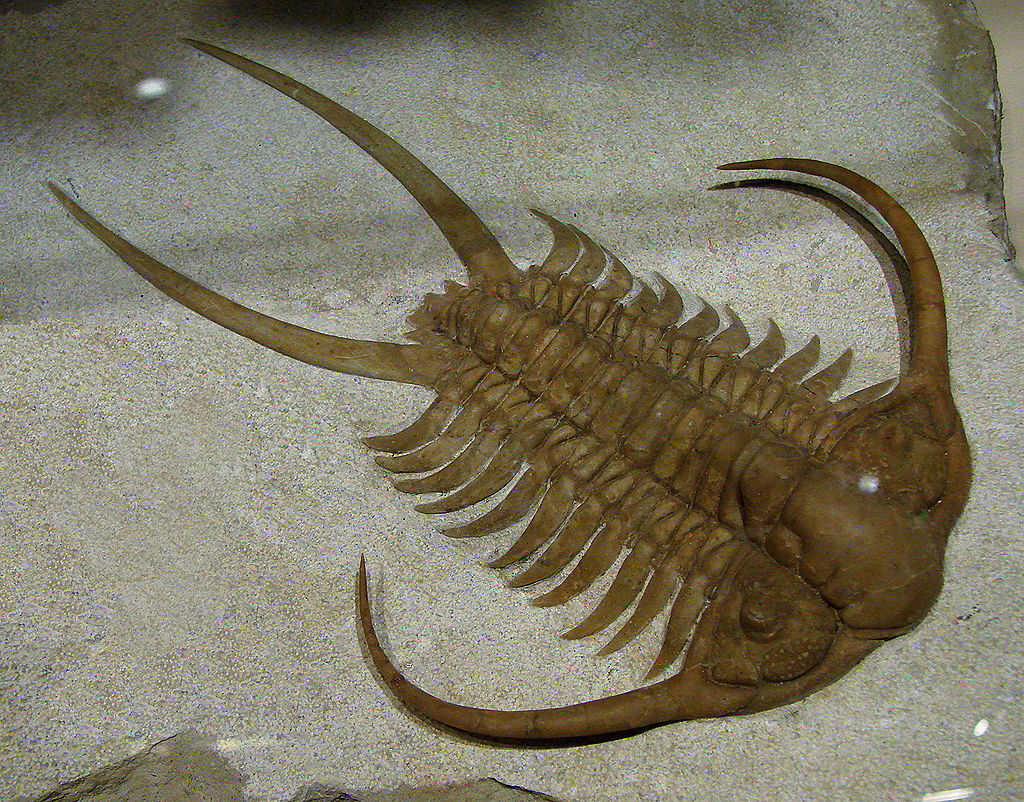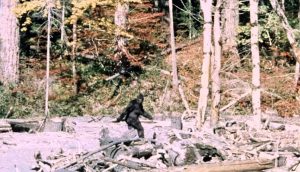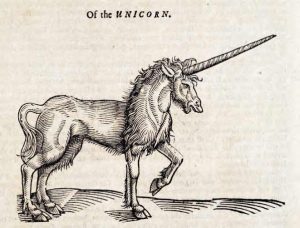The History of Life: Creatures Of The Ordovician
Recently I posted my first article about the history of life. I covered the Cambrian period in brief. The Cambrian is fairly well-known for its famous ‘Explosion’ of life, but the Ordovician period which follows isn’t such a household name.
Despite an extinction event at the end of the Cambrian, the Ordovician was a time filled with new strains of life. The period began around 485 million years ago and ended with the Ordovician-Silurian extinction event around 443 million years ago.
Sea levels continued to rise for the majority of the Ordovician, as they had done in the Cambrian, and the sea was the only place you were likely to see much live action. Temperatures were pretty toasty and the sea was probably around 45 °C. Here is a slab of Orvodician limestone from Ohio to give you an idea of how busy some places were:
Towards the back end of the epoch changes were afoot. Sea levels began to drop, as did the temperature, gradually lowering for 30 million years or so with sea levels rising and falling erratically. Around 460 million years ago, temperatures were similar to today’s oceans.
Life flourished, but the end of the Ordovician and the start of the Silurian saw a massive reduction in species. Some members of the trilobite family were wiped out entirely and planktonic forms were hit very hard.
What caused the extinction? The jury is out, but one theory is that the expansion of the world’s first terrestrial plants may have changed the environment to such an extent that the Earth was thrust into another ice age. The Late Ordovician was the coldest time that planet Earth has witnessed for the last 600 million years.
“Nautilus profile” by Profberger at the English language Wikipedia. Licensed under CC BY-SA 3.0 via Wikimedia Commons.
As I mentioned in the intro, the Cambrian had its ‘Explosion’, but the Ordovician had its own equally impressive, if less famous, Ordovician ‘radiation’. Marine faunal genera increased fourfold and filter feeders rose to power. Molluscs like nautiloids, gastropods and bivalves proliferated and became incredibly numerous. Now extinct marine animals called graptolites (below) thrived in the oceans and some new cystoids and crinoids appeared on the scene (cystoids/crinoids are echinoderms that lived attached to the sea floor by stalks).
It was initially thought that the first vertebrates – fish – arrived in the Ordovician, but some recently unearthed Chinese fossils show that the earliest fish arrived in the Cambrian. But, the very first jawed fish (gnathostome) did show up during the Ordovician.
Among other new friends to the trilobites, the Ordovician produced new forms like tabulate corals, strophomenid, rhynchonellid, many new orthid brachiopods, bryozoans, planktonic graptolites and conodonts (artist’s impression below {LOL}).
Loads of new types of molluscs and echinoderms, including the ophiuroids (“brittle stars”) arrived as did the first sea stars. Here are some brittle stars chilling out with some trilobites in this frankly awesome fossil:
Trilobites themselves changed from their previous Cambrian formats, developing defensive spines and nodules to protect them against threats from the increase in primitive eurypterids and nautiloids. Some trilobites developed eyes on stalks, others gave up using eyes all together. The Ordovician was certainly a time of change as far as life was concerned.
“Trilobite Ordovicien 8127” by Vassil – Alias Collections.. Licensed under CC BY-SA 3.0 via Wikimedia Commons.
As the seas rose and fell, life that had evolved in shallower areas was repeatedly wiped out and then renewed. This to-ing and fro-ing of sea levels through glaciation helped give the Ordovician a vast array of critters.
The end of the Ordovician was heralded by the planet’s second mass extinction. The Ordovician-Silurian extinction was in fact a series of extinction events which, taken together, make the second largest extinction we’ve ever seen (as far as percentage of genera lost).
The loss of life was probably brought on by a severe drop of temperature. The cold snap may have only lasted 0.5 – 1.5 million years, but that was enough.
Another theory of the mechanisms behind the Ordovician-Silurian extinction is intriguing. Melott et al. (2004), suggested that a ten-second gamma-ray burst (GRB) could have been to blame. Some believe that GRBs could be released from the sun once or twice every billion years or two. A GRB would destroy the ozone layer and expose terrestrial and marine surface-dwelling life to deadly radiation and initiate global cooling. So it fits the bill to a certain extent. There is no direct evidence but it is considered a “credible working hypothesis”.
Despite ‘Ordovician’ not being a household name, a lot went down. For me, the funniest thing about it is, I’ve only ever seen the word ‘Ordovician’ written down and I have no idea how to pronounce it.
Join us next time for the Silurian.
READ NEXT:
EVOLUTION IN HUMANS – VESTIGIAL ORGANS

